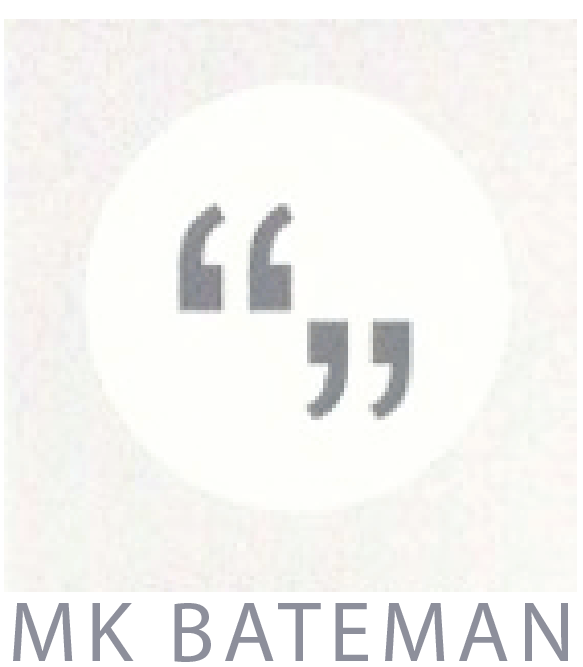Originally Published March 16, 2017 on Prowdr.com
Vermont’s population has the highest percentage of LGBT citizens in the United States. Since legalizing marriage and adopting strong laws to protect our community, the steady shift toward inclusion in the larger population has taken place. Sure, in places like Burlington, there’s a strong queer population, but as a general rule we are living our lives in small towns as educators, politicians, shopkeepers and real-estate agents.
After moving to Vermont, it seemed as though there were very few gay people in our vicinity. My husband and I came to accept that this meant it would take time and patience to find our community.
“Follow Your Bliss.”
This was our mantra when we packed our bags and moved from a studio apartment in Williamsburg, Brooklyn, to the first floor of our duplex house in Montpelier, Vermont, in July 2010.
We had a good plan. We were going to rent half the duplex, and use the rent to pay our mortgage. This way, we were financially free and could take time to find careers we loved, rather than jumping into jobs we didn’t necessarily want. Some thought we were insane, but as Erica Jong warned, “If you don’t risk anything, you risk even more.”
Within a month, my husband got a job at a large ski resort in guest services. His hours were terrible, and the commute was long, but he skied every day. His journey toward bliss began in earnest just two months later when he was offered a job in the resort’s real-estate office.
My struggle to make a living as a full-time writer took a little longer. I got work through a temp agency at a local microlender, which lasted a few months. Freedom from the pressure of finding a high-paying position allowed me to get a “fun” job to pay my share of the bills. I found work at a local organic bakery. I continued to pursue my writing career, but my day job was working with people in the community.
Hintergay life was an adjustment; don’t be fooled. Growing up in suburban New Jersey and then living in large urban centers for 20 years could never have prepared me for life in a rural community. In many ways, moving to Vermont, 400 miles away, was far more disconcerting than my previous move to California, 3,000 miles away.
The real difficult adjustments came down to one word: accessibility.
When you live in New York City, everything is only a phone call or text away. Have a headache? Call the deli and get medicine delivered. Want to be around other gay people? Walk up the block to the nearest bar, coffee shop or gym. Everything is easy to find and close.
In Vermont…not so much. People, places and things are all a little tougher to access. Aside from a major appliance, you aren’t going to find much in the way of delivery. Not that you can’t find your favorite foods, or the right pair of jeans or even a gay community…it just takes a little longer and a little more exploring. The solution is both simple and difficult: You have to change the way you do things.
Truth be told, as progressive and liberal as Vermont is, it took us time to chip away at the locals’ reserved nature, and, gradually, have people open up to us. When people found out we were new arrivals, the questions on most of their lips were, “Do you have a good pair of winter boots?” or “Do you have winter tires?”
s a couple of gay, married guys, we were a bit of a mystery to some. Others viewed us as just another pair of “flatlanders”—people who move from other areas to the mountains. Vermonters do things a certain way, and no one is going to change that. If you understand that, then you’ll do just fine here.
Case in point: coffee. In New York, I used to stop by Starbucks every morning on the way to work. In Vermont, the closest Starbucks to us is 40 minutes away. When I relayed this fact to my best friend who happens to live in Los Angeles, there was dead silence on the other end of the line. Yet, it was not the end of the world. Honest! When I got out of my own way, I discovered that Vermont has its own amazing, locally roasted coffee. With this glorious revelation, I haven’t had the desire to set foot in another Starbucks again, and, quite frankly, couldn’t care less how far or near one is.
As soon as we started to consider ourselves locals and stopped focusing on the major differences between “here” and “there,” an amazing thing happened. We created our own community. We met our neighbors, a lesbian couple who had moved in together just a few months before we moved to Vermont. A customer at the bakery and his husband became close friends, as did the owners of a local B and B and their group of friends. Now, many years later, we have an entire community of LGBT friends from all walks of life.
Are you a Hintergay? Do you live outside a major urban area, in a small town, or in a rural community anywhere in North America? If so, I would love to hear your story. Email me at mark@mkbateman.com
Link To Article...
